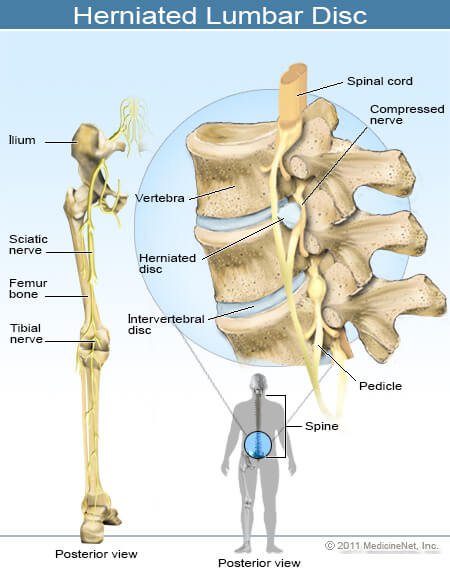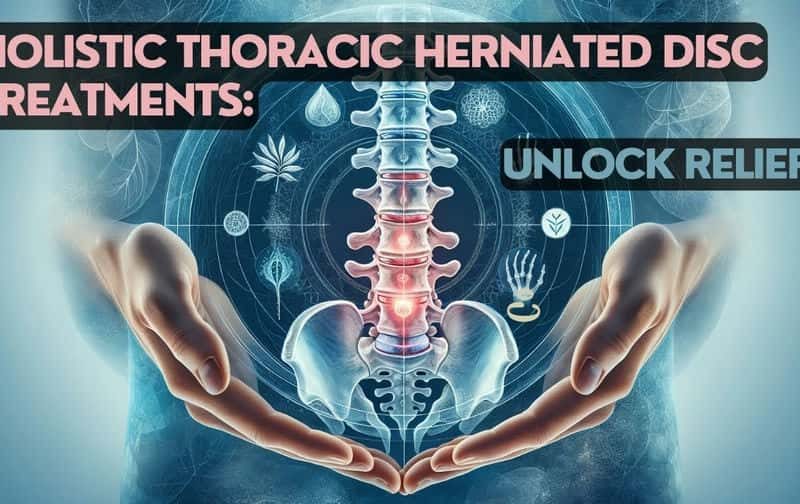In this article, we are going to guide you about What Can I Do for Lower Back Pain – Most Useful Tips which is very helpful for you.
Table of Contents
What Can I Do for Lower Back Pain Cure At Home
Various treatment choices for low back pain can be tailored to a different patient’s requirements. Treatments involve care administered at home, medicinal remedies, alternative care, or even medicine.
Depending on the patient’s judgment, any treatment may be more efficient than others. Several people find that a compound of treatments is most suitable.
1- Self-Care For Low Back Pain
Basic treatments applied at home can be sufficient for treating mild or severe pain from muscle strain, as well as decreasing the results of chronic, severe pain. Self-care is determined by the person and can simply be adjusted. These programs involve:
Short rest period. Many occurrences of lower back pain can be developed by briefly withdrawing from strenuous exercise. It is not recommended to rest for more than several days, as too much inactivity can make healing more painful.
Activity modification. One exception to resting is to stay busy but avoid actions and positions that increase the pain.
For illustration, if a long duration of sitting in a car or at a desk makes the pain worse, then set a timer to get up every 20 minutes and walk about or lightly stretch.
If the position makes the pain worse, withdraw chores that need standing such as washing plates at the sink. Avoiding, or minimizing, movements and positions that worsen the pain will support prevent or decrease painful back spasms and support better healing conditions.
Heat/ice therapy. The heat from a warm bath, hot water bottle, electrical heating pad, or substance or adhesive heat covers can relax tense muscles and increase blood flow.
Raised blood flow brings nutrients and oxygen that muscles require to heal and stay healthy. If the low back is irritated due to inflammation, ice or cold packs can be used to decrease swelling. It’s necessary to shield the skin while implementing heat and ice to limit tissue damage.
Alternating heat and ice can be particularly important when returning to activity: applying heat before exercises assists relax muscles, providing for better versatility and mobility; applying ice after activity decreases the chances of an area becoming annoyed and swelled from exercise.
Over-the-counter pain medications. The most popular over-the-counter (OTC) medications are aspirin (e.g. Bayer), ibuprofen (e.g. Advil), naproxen (e.g. Aleve), and acetaminophen (e.g. Tylenol).
Aspirin, ibuprofen, and naproxen are anti-inflammatory medicines, which relieve low back pain caused by swollen tissues or muscles. Acetaminophen works by conflicting with pain signals sent to the brain.
Self-care methods generally do not need supervision from a doctor but should be used sparingly and attentively. Any kind of medication carries potential risks and side impacts. If a patient is unreliable which kinds of self-care would work great, talking to a doctor is recommended.
2- Exercises For Low Back Pain
Physical treatment is usually a section of a low back pain administration regimen. Kinds of exercises used to restore the spine involve:
Stretching. Almost everyone can profit from stretching muscles in the low back, buttocks, hips, and legs (particularly the hamstring muscles). These muscles help the weight of the top body.
The more mobile these muscles are the more the back can run without damage. It is typically recommended to start small—stretch for 20 to 30 seconds and stop a range if it causes injury.
Strengthening exercises. Increasing the abdominal, hip, and gluteus muscles that help the spine, also called the core muscles, can support and reduce low back pain. Two popular programs are the McKenzie system and Dynamic Lumbar Stabilization.
- The McKenzie method increases the spine through developing core muscle strength, decreasing pain caused by compressed spinal buildings such as a herniated disc produced by a reduced disc space.
- Dynamic Lumbar Stabilization strengthens back muscles to manage a patient’s “neutral spine,” or the posture that seems most suitable.
- Low-impact aerobics. Low-impact aerobic exercise improves the flow of blood and helps to heal from damage without jarring the spine. Low-impact aerobics can involve using stationary bikes, elliptical or level machines, walking, and water therapy. People with low back pain who usually do aerobic exercise report fewer recurring pain episodes and are more likely to stay engaged and useful when pain flares.
- Any exercise that elevates the heart rate for a sustained duration of time benefits the body. Regular physical activity is important for maintaining the range of motion and flexibility of a healthy spine. When spinal structures go unused for too long, stiffness and discomfort can worsen.


